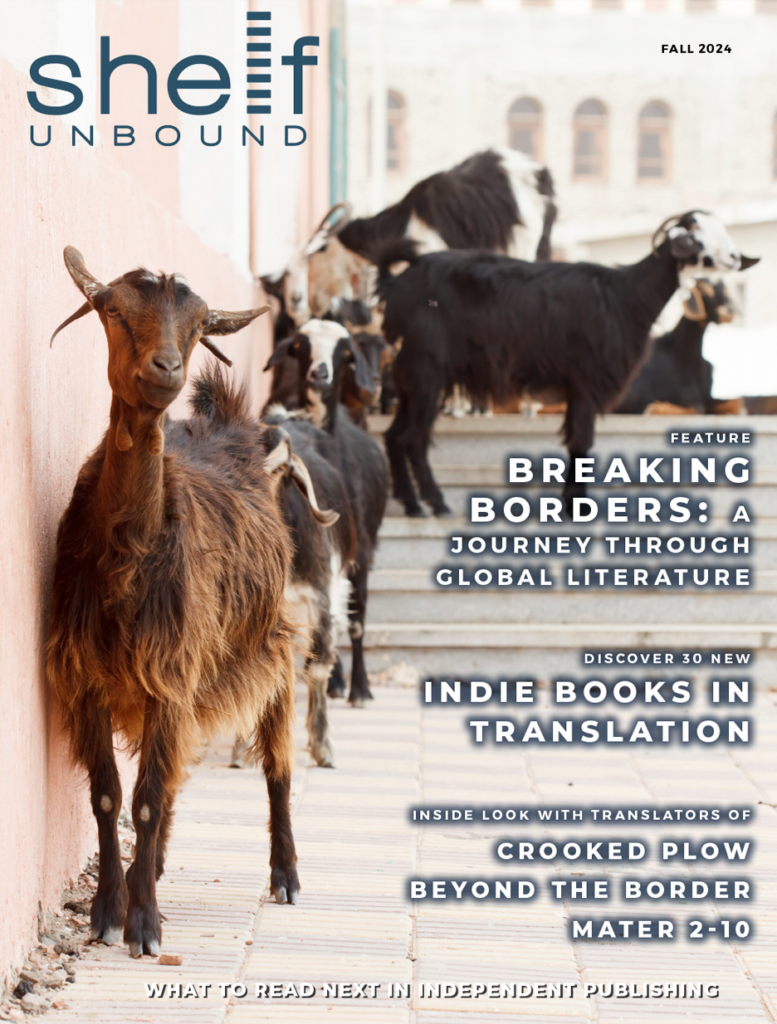By Sarah Kloth

Imagine picking up a book written in a language you don’t understand. The story, characters, and emotions are locked away, inaccessible without someone to bridge the gap. This is where translators come in, playing a vital role in bringing stories from around the world to life for readers everywhere. But translation isn’t just about swapping words from one language to another; it’s an art that requires creativity, deep cultural understanding, and a knack for storytelling.
More Than Just Words: The Art of Translation
At first glance, translation might seem like a straightforward process: find the right words in the new language and move on. But it’s much more complex than that. Translators are tasked with capturing the essence of a story, including its tone, style, and cultural nuances, and making it resonate with readers who might have a completely different cultural background.
Take idioms, for example. An idiom that makes perfect sense in one language might be completely baffling in another. A translator has to decide whether to find a similar phrase in the target language, explain the meaning in context, or keep the original expression and let the readers figure it out. Each choice impacts how the story feels to the reader and how closely it stays true to the original.
Capturing the Author’s Voice
One of the trickiest parts of translation is preserving the author’s voice—the unique style that makes a writer’s work stand out. Imagine reading your favorite author’s book, but something feels off because the rhythm or word choices are different. That’s the challenge translators face: making sure the translated text feels as close as possible to the original.
This becomes even more challenging with poetry, where every word and line break carries weight. Translators often have to choose between keeping the original structure or focusing on the emotions and themes. It’s a balancing act, and every decision shapes how the reader experiences the story.
The Translator as a Storyteller
Translators aren’t just language experts; they’re storytellers too. They make countless decisions that influence how the story unfolds in a new language. For instance, translating dialogue in a novel requires making sure each character’s voice is distinct and true to their personality, even when cultural differences might change how that personality is expressed.
This means that translators often act as co-creators. While the original author provides the story, the translator shapes how that story is told in a new language. Their work can affect everything from the pacing of the story to how a character’s emotions come across, making them an essential part of the storytelling process.
The Often Invisible Translator
Despite their crucial role, translators often go unnoticed. Their names might be in small print on the book’s title page, but they rarely get the same recognition as the authors they translate. This invisibility can be a double-edged sword: on one hand, it allows the translated work to stand on its own, but on the other, it means that the translator’s creative efforts might not be fully appreciated.
However, the literary world is starting to give translators the recognition they deserve. Prestigious awards, like the International Booker Prize, have begun to highlight the importance of translation and the skill it requires. These awards remind us that behind every great translated book is a translator who has carefully crafted a version that speaks to readers in a new language while honoring the original.
Opening Doors to New Cultures
One of the most powerful things about translation is its ability to open doors to new cultures. Through translated works, we can step into the lives of people from different parts of the world, experiencing their joys, struggles, and dreams. This exposure broadens our understanding of the world and helps us connect with others on a deeper level.
For example, Japanese literature translated into English has given Western readers a glimpse into the traditions and complexities of Japanese life. Authors like Haruki Murakami and Yoko Ogawa take us on journeys through Japan’s past and present, exploring themes that are both uniquely Japanese and universally human. Similarly, Latin American literature has introduced readers worldwide to magical realism, a genre where the extraordinary and the everyday coexist seamlessly.
The Future of Translation: More Stories, More Voices
As more people seek out translated literature, there’s a growing need for translators who can bring a wide range of voices to global audiences. This diversity is crucial because it ensures that readers can access stories from all over the world, not just the most popular or commercially successful ones.
The rise of digital publishing and online platforms has made it easier for translators to share their work with wider audiences. At the same time, there’s a growing appreciation for the creative and collaborative process involved in translation. The future of translation looks bright, with more opportunities for translators to experiment with new techniques, highlight underrepresented voices, and push the boundaries of what’s possible in their craft.
Conclusion: Celebrating the Translator’s Role
Translators play an essential role in the literary world, serving as the bridge between cultures, languages, and experiences. Their work enables us to explore the richness and diversity of global literature, offering readers access to stories, ideas, and perspectives that might otherwise remain out of reach. Translators do more than simply convert words from one language to another; they carefully navigate the nuances, emotions, and cultural contexts that are embedded in each text, ensuring that the author’s original voice and intent are preserved while also making the story accessible to a new audience.
Despite their crucial role in the literary ecosystem, translators’ contributions are often overlooked, with their names sometimes relegated to fine print or omitted altogether. As we immerse ourselves in stories from all corners of the globe, it’s vital to recognize and celebrate the translators who make these literary journeys possible. They are the unsung heroes who bring the world’s stories to life, allowing us to connect with people, cultures, and histories far beyond our own. Their work fosters empathy and understanding, helping to build a more interconnected world. By appreciating the art of translation, we honor those who dedicate themselves to bridging linguistic and cultural divides, enriching our reading experiences and expanding our global perspectives.

